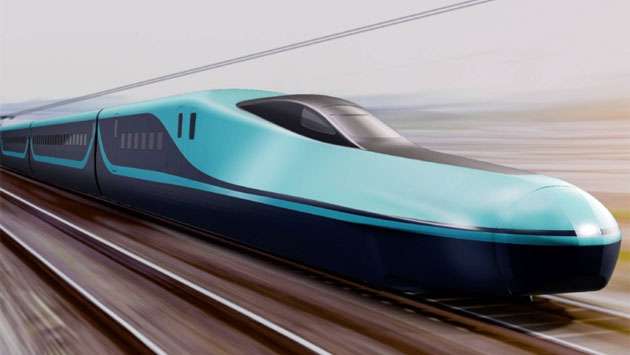Japan plans to provide East Japan Railways’ E5 and E3 series shinkansen to India free of charge as test vehicles for the national high-speed railway being built in the South Asian country’s western region, it was reported on Tuesday.
One set of the E5 and E3 series trains will be delivered to India in early 2026 after being fitted with test equipment, informed sources said.
The Japanese and Indian governments plan to use JR East’s next-generation E10 series shinkansen for a high-speed rail link of about 500 km between Mumbai and Ahmedabad in western India in the early 2030s. The delivery of the E10 trains is unlikely to be on time for the partial opening of the line, which is targeted for August 2027.
The delivery of the E5 and E3 trains will also take place as Tokyo sees the importance of having Japanese railway carriages in India when the high-speed rail line goes into service. The project is backed by the East Asian nation’s iconic Shinkansen technology and is therefore of great importance to the Japanese government.
The test trains will collect data on running conditions, including the effects of high temperatures and dust, to support India’s future production of the E10 trains.
Until the next generation of trains arrives, India plans to use locally-made semi-high-speed trains on the new rail link, after modifications to increase their speed.
Initially, the E5 trains were planned to be used for passenger service on the high-speed rail line. However, India, frustrated by the high cost of delivery and delays, has shifted towards the idea of using home-made railway carriages.
To break the deadlock in the talks, late last year the Japanese side proposed the introduction of the E10 trains and the provision of the E5 and E3 trains free of charge. India initially intended to accept this proposal.
The low-interest yen loan from the Japanese government is planned to cover about 80% of the total cost of the project, which was initially forecast at ¥1.8 trillion.
However, as the cost is now expected to grow, the two governments plan to create a new yen loan framework to enable the introduction of the E10 trains when Indian Prime Minister Narendra Modi visits Japan for a bilateral summit.
When Taiwan built the Taiwan High-Speed Railway, the first non-Japanese high-speed railway to use Shinkansen technology, Japan provided it with a free 0-series train, the country’s first-generation Shinkansen, as a test vehicle to test whether it would cope with the THSR train barriers.





